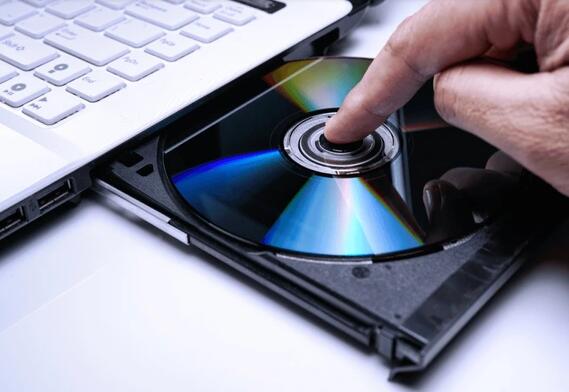In the digital age, photographs have become more than mere images; they are cherished memories, capturing moments that tell our stories. Whether it’s a family gathering, a breathtaking sunset, or a spontaneous adventure, each photo holds a special place in our hearts. However, what happens when those precious images are accidentally deleted? The panic and sorrow can be overwhelming, but fear not many methods exist to recover lost photos from a disk.
When files are deleted from a computer or storage device, they aren’t immediately erased from existence. Instead, the space they occupied is marked as available for new data. Until that space is overwritten, there is a good chance that the files can be recovered.
Basics of Photo Deletion
Before delving into the recovery process, it’s crucial to understand how file deletion works. When you delete a photo, the operating system typically moves it to a temporary holding area, known as the Recycle Bin (on Windows) or Trash (on macOS). If you haven’t emptied this folder, your photos can be easily restored with just a few clicks.

However, if you have emptied the Recycle Bin or used Shift + Delete, the process becomes more complex. The operating system marks the space as available for new files but does not immediately overwrite the data. This is where recovery tools come into play.
Steps for Recovering Deleted Photos
Step 1: Check the Recycle Bin or Trash
Open the Recycle Bin (Windows) or Trash (Mac): Look for the deleted photos. If you find them, right-click and select “Restore.”
Step 2: Use File History or Time Machine
Windows File History:
Open the folder where the photos were stored.
Click on the “Home” tab and select “History.”
Browse through previous versions to find the deleted photos.
Mac Time Machine:
Connect your Time Machine backup drive.
Open the folder where the photos were stored.
Click on the Time Machine icon and browse through snapshots to recover your files.
Step 3: Utilize Data Recovery Software
Panda Assistant employs advanced scanning algorithms that can locate lost files across various storage devices, including hard drives, USB drives, memory cards, and more. The software offers two primary scanning modes: quick scan and deep scan. The quick scan is ideal for recently deleted files, while the deep scan delves deeper into the storage medium, making it possible to recover files that may have been lost for an extended period or are in a corrupted state.
The software supports a broad range of file formats, ensuring that users can recover various types of data, including documents, images, videos, and audio files. This versatility makes Panda Assistant a go-to solution for a diverse array of recovery scenarios, catering to both personal and professional needs.
A notable feature of Panda Assistant is its ability to preview files before recovery. This means that users can identify and select the specific files they wish to restore, minimizing the risk of restoring unnecessary data and making the recovery process more streamlined.
Step 4: Manual Recovery Methods (for Advanced Users)
If you are comfortable with command-line tools, you may explore manual recovery methods, but be cautious. This process involves risk and requires some technical knowledge.
Using Command Prompt (Windows):
Open Command Prompt as an administrator.
Type chkdsk X: /f (replace X with your drive letter) and press Enter.
Follow the prompts to repair the drive and recover lost files.
Using Terminal (Mac):
Open Terminal.
Use the command fsck followed by the path to your disk to check for errors and recover files.
Preventing Future Data Loss
Once you’ve successfully recovered your photos, it’s essential to adopt preventive measures to avoid future data loss:
Regular Backups: Use external hard drives or cloud services to back up your photos regularly.
Enable Version History: Use built-in tools like File History (Windows) or Time Machine (Mac) to automatically save file versions.
Use Reliable Software: Invest in trusted software for backups and recovery to ensure your data is protected.
Conclusion: The Importance of Quick Action
Recovering deleted photos can be a stressful experience, but understanding the steps and utilizing the right tools can significantly improve your chances of success. Remember that acting quickly is key once a file is deleted, the risk of permanent loss increases over time. By implementing regular backup strategies and using data recovery software when needed, you can safeguard your treasured memories for years to come.
About us and this blog
Panda Assistant is built on the latest data recovery algorithms, ensuring that no file is too damaged, too lost, or too corrupted to be recovered.
Request a free quote
We believe that data recovery shouldn’t be a daunting task. That’s why we’ve designed Panda Assistant to be as easy to use as it is powerful. With a few clicks, you can initiate a scan, preview recoverable files, and restore your data all within a matter of minutes.
Subscribe to our newsletter!
More from our blog
See all postsRecent Posts
- How to recover a deleted slide in powerpoint? 2025-02-27
- How to recover deleted capcut videos? 2025-02-27
- How to recover a file deleted from a shared drive? 2025-02-27










